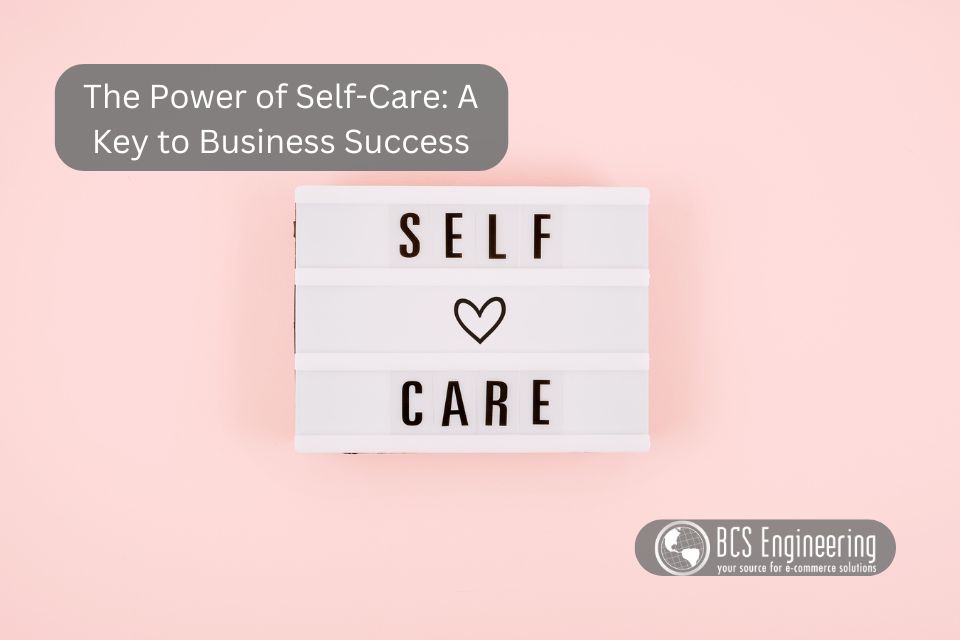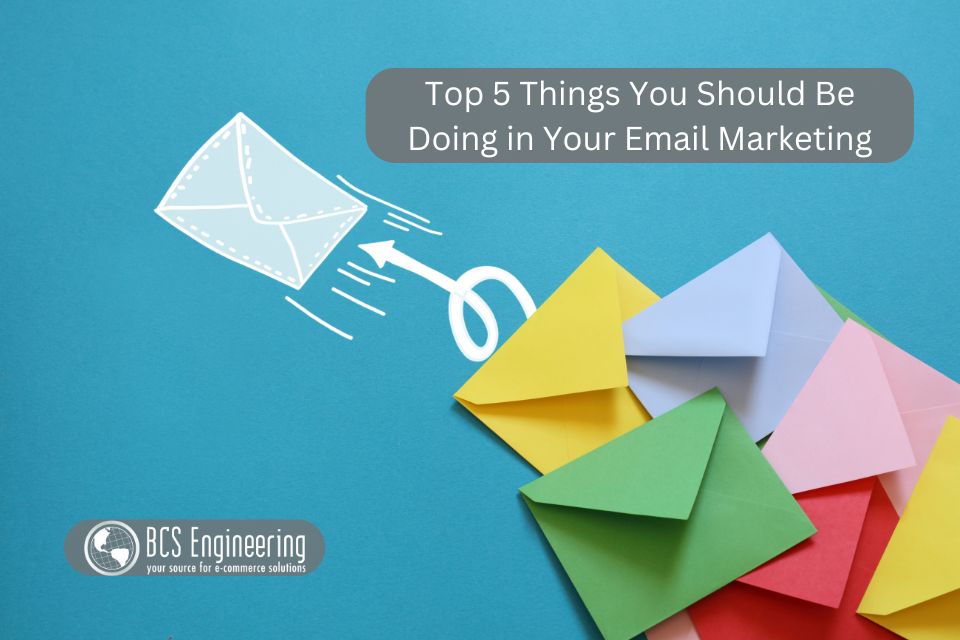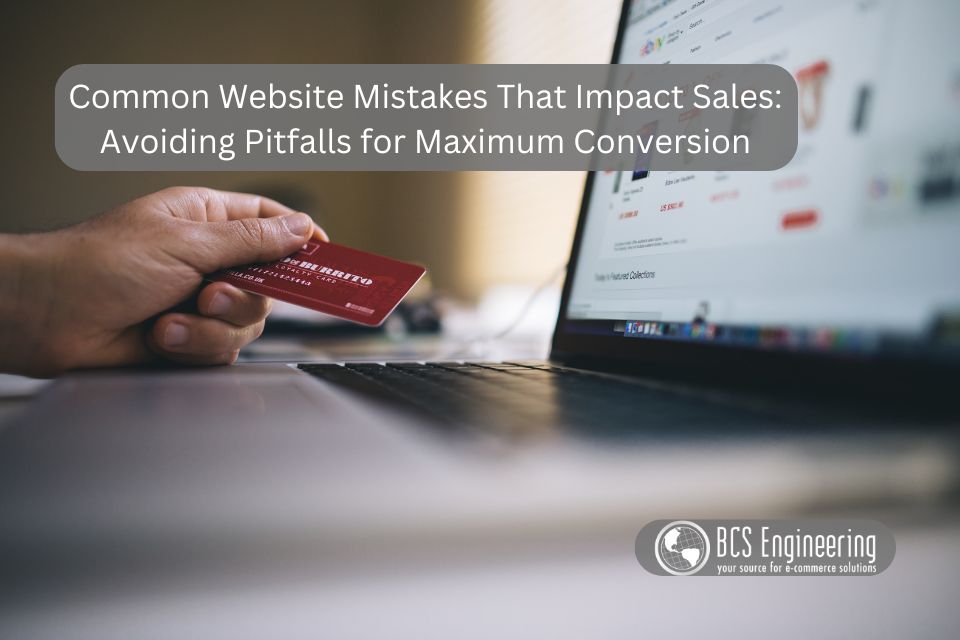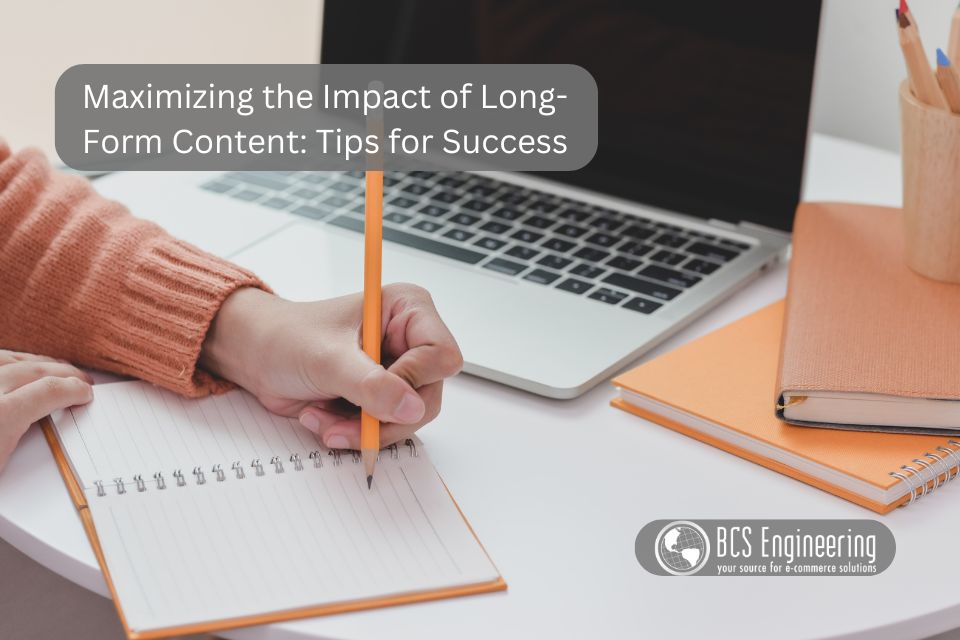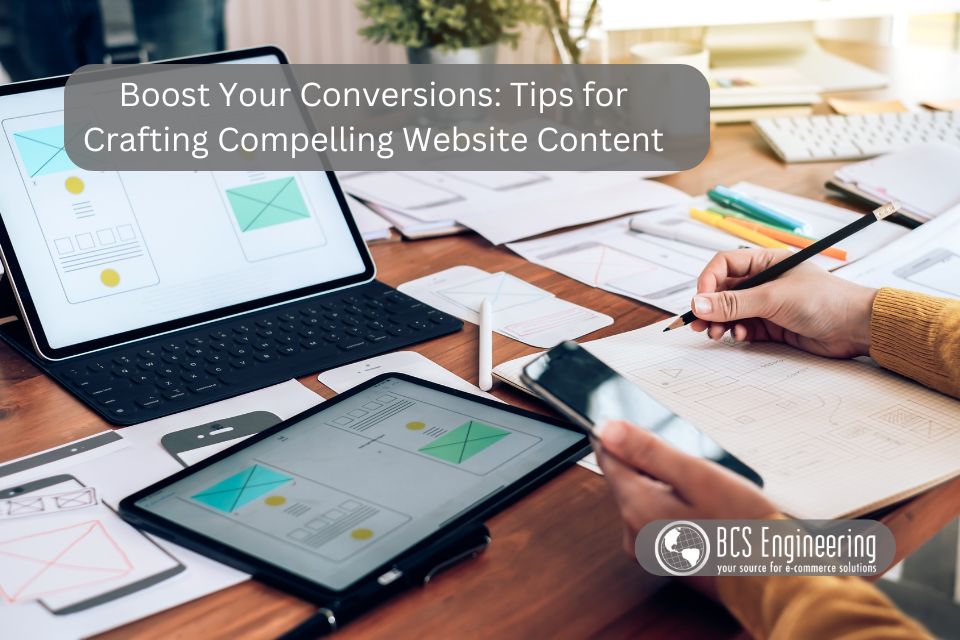Today, shopping online is more convenient than ever, but it also requires a significant amount of trust on the part of the consumer. With so many options available, customers are looking for certain assurances before they commit to a purchase. As a business owner, understanding what online shoppers want to see before they buy is crucial to improving your website’s conversion rate. Below are some key factors that can help your customers feel confident in their decision and encourage them to complete their purchase.
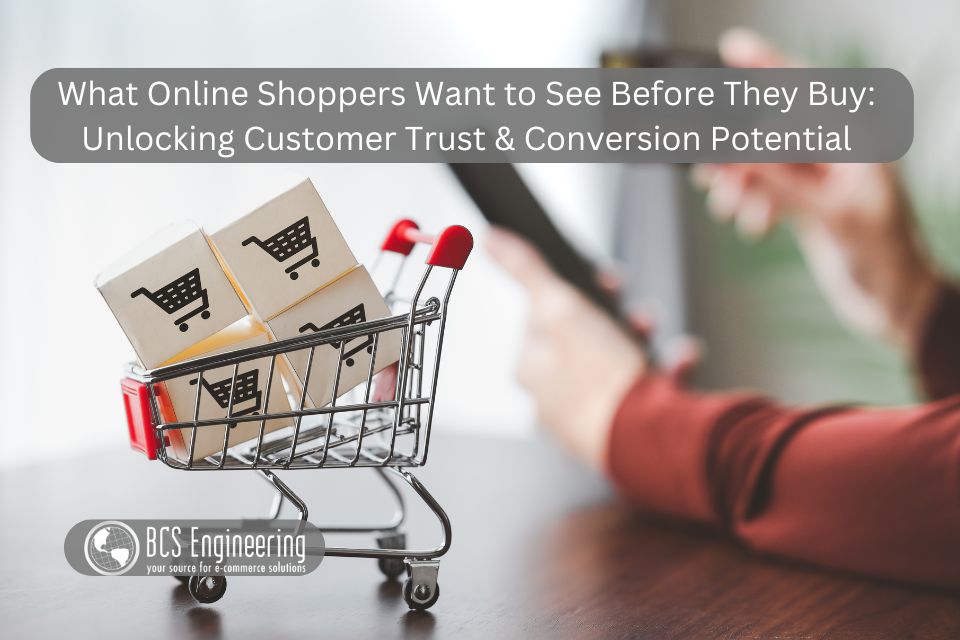
1. Clear Product Descriptions and High-Quality Images
Shoppers can’t physically hold or inspect items when buying online, so detailed product descriptions and high-quality images are essential. Customers want to know exactly what they’re buying—this includes product dimensions, materials, functionality, and how the item will solve a problem or fulfill a need.
Additionally, the importance of high-quality images cannot be overstated. Ensure you offer multiple photos from various angles, and where applicable, include videos or zoom functionality. Visual content is what truly helps customers picture the product in their hands and homes.
Tip: Use descriptive language in your product copy that answers common customer questions and provides context on how the item can be used or styled.
2. Customer Reviews and Testimonials
One of the most powerful decision-making tools for online shoppers is social proof. People want to know that others have had a positive experience with your product. Real customer reviews, photos, and testimonials provide a level of reassurance that the product is as advertised.
In fact, shoppers are often more likely to buy after reading positive reviews, even if they initially had doubts. On the other hand, negative reviews can also be valuable—showing that you respond professionally to issues increases trust.
Tip: Implement a review system on your product pages, and encourage customers to leave feedback after a purchase. Respond to all reviews to show that you care about customer satisfaction.
3. Shipping and Return Information
Shipping costs, delivery times, and return policies play a significant role in whether or not someone completes a purchase. Ambiguity in these areas can lead to cart abandonment, as shoppers want transparency before they commit. Offering clear information on shipping rates, free shipping thresholds, and estimated delivery times helps manage customer expectations.
In addition, a hassle-free return policy can be the difference between gaining or losing a customer. People want to know they can return an item easily if it doesn’t meet their expectations.
Tip: Display shipping information prominently on product pages and provide a clear link to your return policy, making it easy for customers to find and understand.
4. Trust Signals and Security Badges
Online security is a major concern for shoppers, especially when entering personal and payment information. Displaying security badges (such as SSL certificates), payment icons, and other trust symbols on your checkout page can help ease anxiety about online transactions. These indicators show that your site is secure and their data is protected.
Tip: Ensure that your website displays up-to-date security badges, particularly in your checkout area, and avoid redirects to other websites for payment processing.
5. Special Offers and Discounts
Everyone loves a good deal, and special offers can motivate hesitant shoppers to make a purchase. Whether it’s free shipping, limited-time discounts, or loyalty rewards, these incentives can sweeten the deal for potential customers.
Make sure these promotions are clearly visible on your product pages or during checkout to prevent customers from leaving in search of a discount code elsewhere.
Tip: Use pop-ups or banners to promote limited-time discounts or seasonal offers to entice customers to finalize their purchase.
6. User-Friendly Website Navigation
A frustrating or confusing website experience can turn customers away before they even have the chance to consider your products. Easy-to-navigate categories, intuitive search functions, and a simple checkout process are vital for retaining customers and ensuring they can find exactly what they need.
Investing in a user-friendly design that keeps the customer journey in mind can dramatically increase your chances of converting visitors into buyers.
Action Tip: Test your website regularly from the customer’s point of view and optimize it for speed, simplicity, and ease of use across devices.
Conclusion
To convert online visitors into customers, it’s important to meet their expectations by providing the information and reassurance they need before making a purchase. Listen to our latest eCommerce Made Easy Podcast where Carrie dives into the top five things customers want to see before they buy from you and actionable tips to incorporate on your website!
